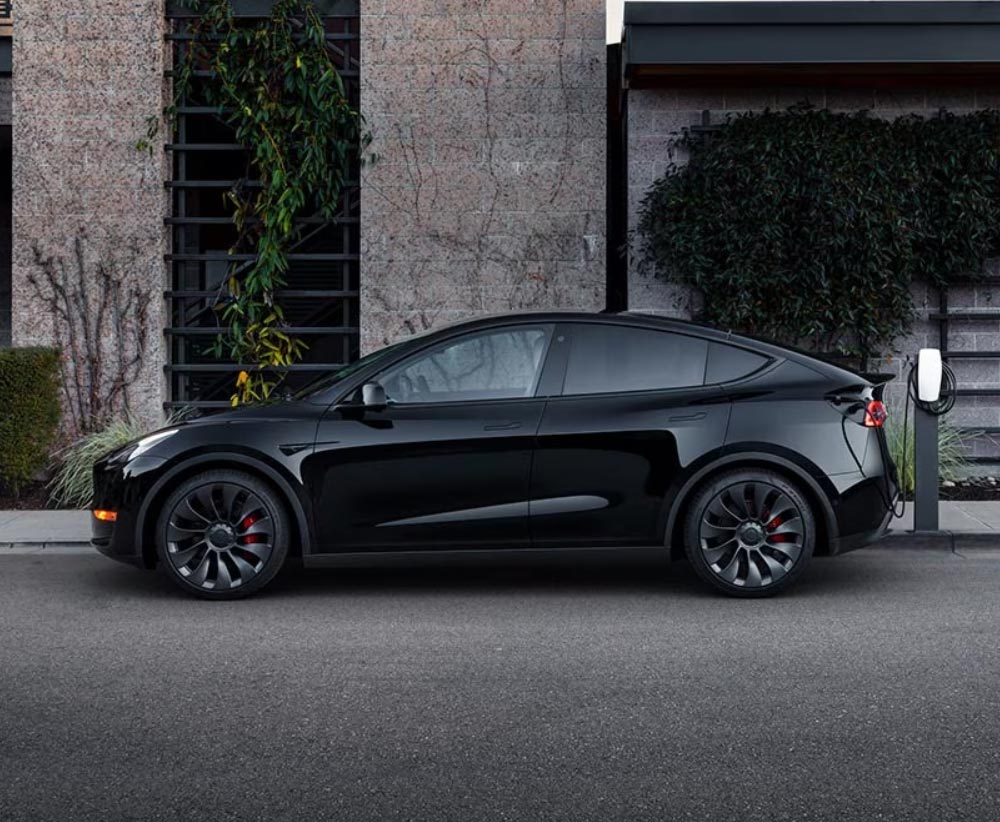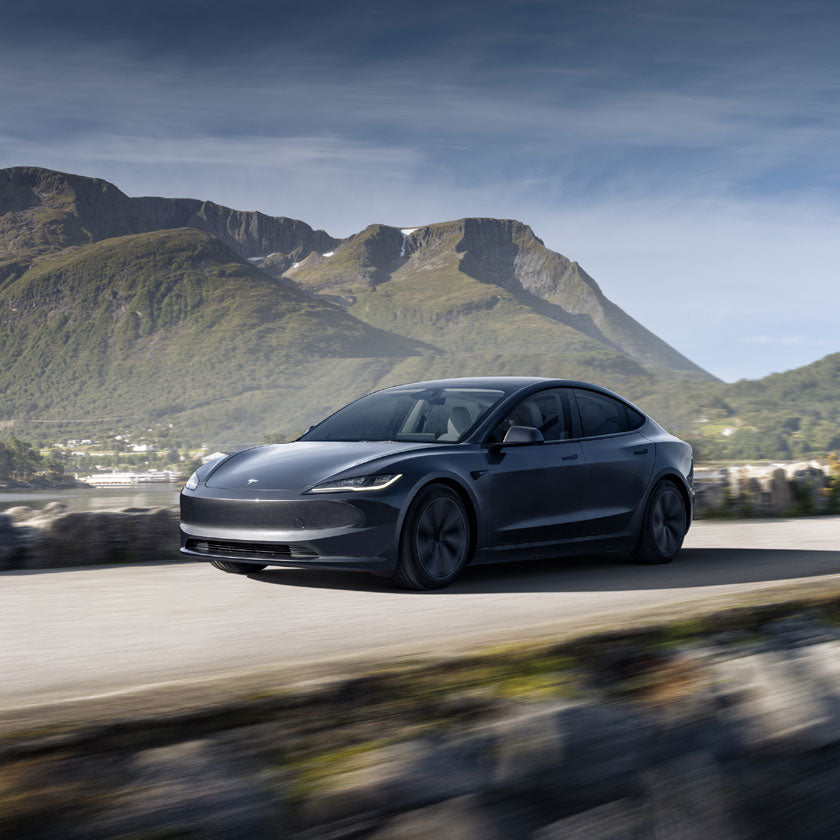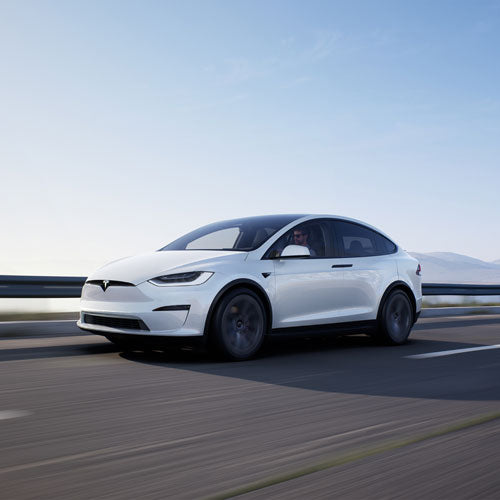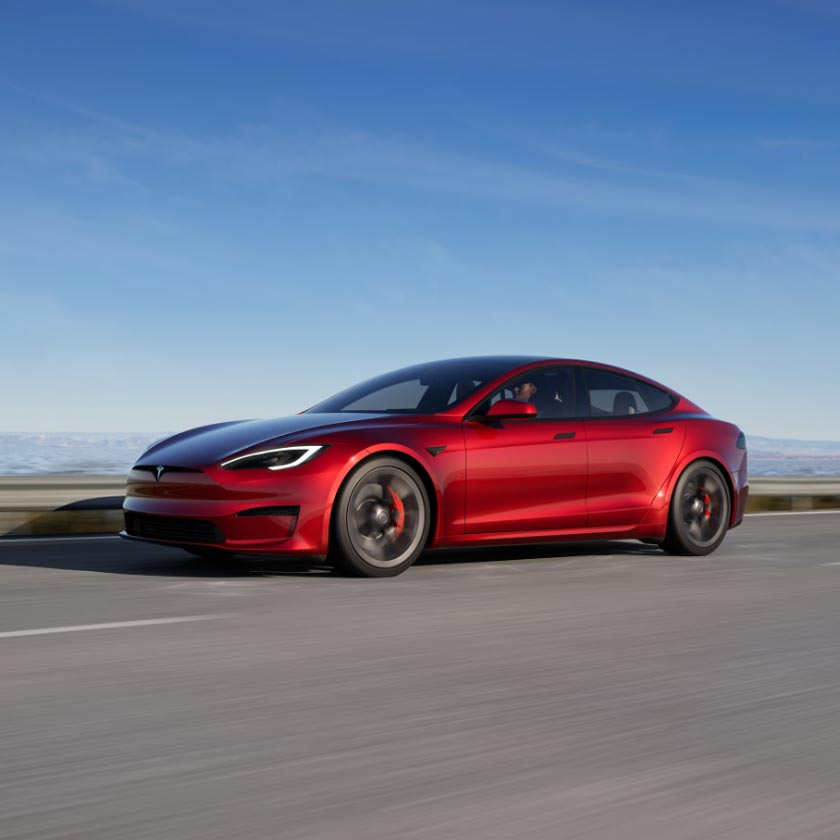SpaceX is launching Starlink missions on a weekly basis to rapidly expand broadband internet coverage globally. The company is capable of performing frequent flights to space because Falcon 9's first-stage booster is capable of being reused. On August 30, a previously-flown SpaceX Falcon 9 lifted off for the seventh time to deploy a fleet of 46 Starlink satellites to Low Earth Orbit (LEO). The rocket launched at 10:40 p.m. PT from Space Launch Complex 4 East (SLC-4E) at Vandenberg Space Force Base in California. It is SpaceX's 39th mission of 2022.
Liftoff! pic.twitter.com/sR7p96UWJ4
— SpaceX (@SpaceX) August 31, 2022
Approximately eight-and-a-half minutes after liftoff, the first-stage booster returned from space and landed on the 'Of Course I Still Love You' autonomous droneship stationed in the Pacific Ocean. It marked the 7th landing for the flight-proven booster B1063-7 and it was SpaceX's 138th landing of an orbital-class rocket. B1063-7 previously launched NASA's Sentinel-6 Michael Freilich Earth-observing satellite, as well as NASA's Double Asteroid Redirection Test (DART) mission which is the first planetary defense demonstration mission; and now five Starlink missions.
Falcon 9’s first stage has landed on the Of Course I Still Love You droneship pic.twitter.com/PL3RRQv1bv
— SpaceX (@SpaceX) August 31, 2022
Falcon 9 deployed the 46 Starlink Group 3-4 satellites to LEO approximately an hour after liftoff. To date, SpaceX has launched a total of 3,208 satellites since 2019. Data by leading Astronomer Jonathan McDowell states that around 2,941 Starlink satellites are currently orbiting our planet. Group 3-4 is the fourth fleet of satellites deployed into orbital Shell 3. SpaceX is arranging Phase 1 of the Starlink constellation into five orbital shells with different parameters, detailed in the table shown below. Shell 3 will consist of 348 satellites operating at a 560-kilometer orbit 97.6° degrees to the equator. SpaceX is working to launch a total of 12,000 Starlink satellites, and the company is waiting for approval from an international regulator to deploy another 30,000 long-term.
SpaceX already provides high-speed Starlink internet service to nearly 40 countries, primarily in rural and remote regions where internet access was previously unreliable. Last week, SpaceX founder Elon Musk and T-Mobile CEO Mike Sievert announced plans for satellite-to-cellular service to use the Starlink constellation to beam voice and message data directly to smartphones using Starlink by 2023. SpaceX plans to launch the next-generation Starlink V2 satellites next year which will include hardware to make their vision a reality. Read more in the previous TESMANIAN article: SpaceX & T-Mobile Partner To Provide Starlink Satellite-to-Cellular Service In 2023 -'It means no dead zones anywhere in the world for your cell phones'
#SpaceX @elonmusk #TMobile
— Evelyn Janeidy Arevalo (@JaneidyEve) August 26, 2022
SpaceX & T-Mobile Partner To Provide Starlink Satellite-to-Cellular Service In 2023 -'It means no dead zones anywhere in the world for your cell phones'
by @JaneidyEve via @Tesmanian_comhttps://t.co/KjKmDcR0wi
Featured Image Source: SpaceX Live Broadcast





